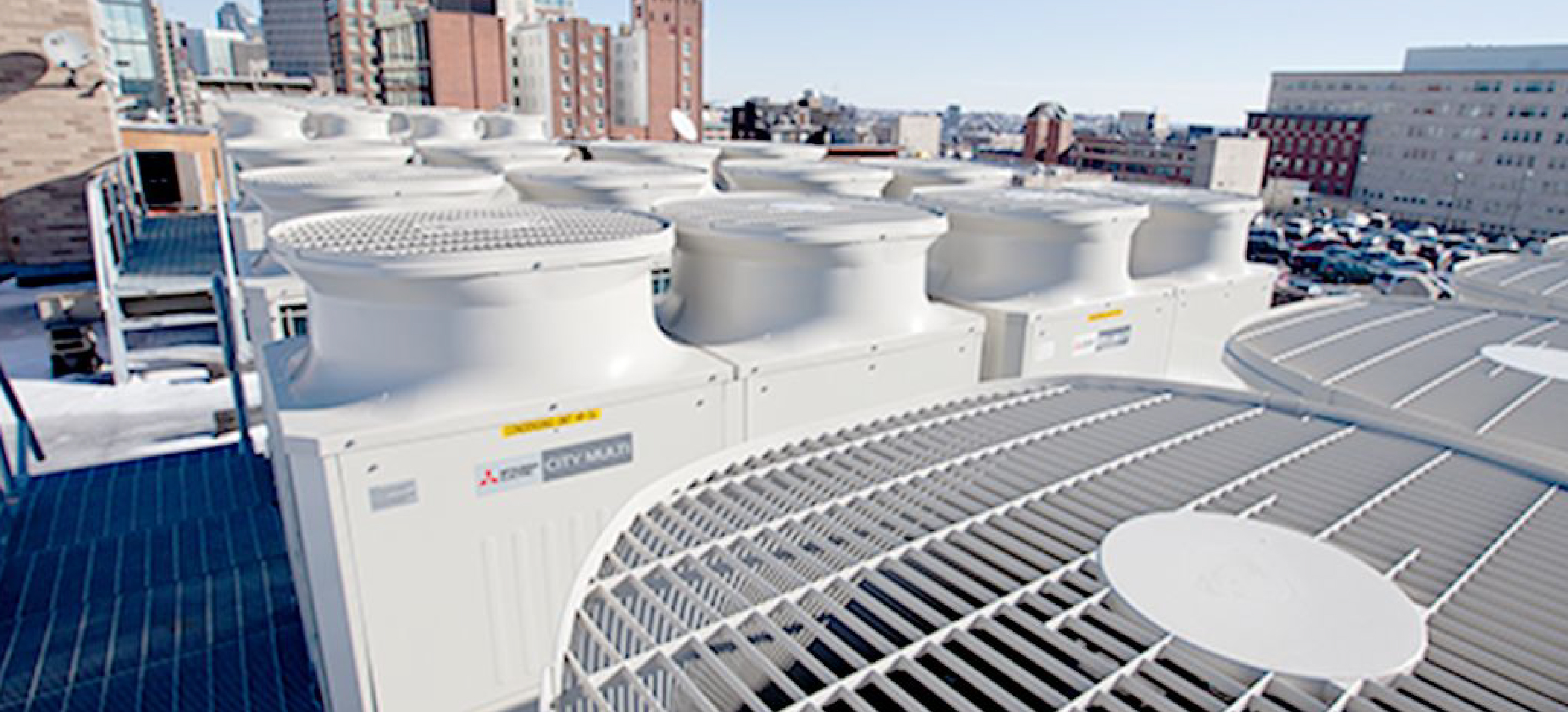Of the many decisions made on commercial building projects, few are as critical as selecting the HVAC system. Systems that deliver energy efficiency and maximize profitability lead the pack, with many owners and developers eyeing innovative technologies that offer long-lasting benefits, including simplicity of installation, low callbacks, and high tenant satisfaction. Developers are increasingly tapping the best and brightest Building Teams for insight.
Finding collaboration is an important first step. Efficiency leaders should be able to prove their system’s ability to reduce its carbon footprint and lower energy use. Companies like Mitsubishi Electric pride themselves on a strong track record of innovative energy-efficient system design. Mitsubishi Electric offers project case studies and detailed product specifications that showcase its more than 30 years of cooling and heating technology. Developers are learning the companies that collaborate with AEC teams are typically the ones with strong results to back up their claims. If an HVAC system provider brushes off requests to discuss key details on energy-efficiency benefits, Building Teams are wise to keep looking for a better provider.
There are five questions to keep in mind for considering HVAC systems:
- How will this system reduce energy use?
- Are fossil fuels used? How will the system help reduce the building’s carbon footprint?
- Does the system provide for a lower global warming potential (GWP)?
- What detailed features and advanced technologies does the system offer?
- What control and monitoring capabilities are available to the owner and occupants?
Building Teams understand the long-term value of investing in innovative HVAC technologies. Companies like Mitsubishi Electric help architects, engineers, and contractors remain current on advanced technologies, system flexibility, and environmental impacts. Variable refrigerant flow (VRF) has become the future of HVAC, helping to solve difficult challenges in any building size. Mitsubishi Electric’s is the first two-pipe simultaneous cooling and heating VRF system of its kind, reducing piping costs and decreasing the complexity needed for connections during installation.
Lowering the overall cost of ownership is also essential for Building Teams. HVAC products need to deliver reliability, energy efficiency, and tenant satisfaction. Low callbacks, efficient equipment, and product longevity serve the interests of all parties involved, from the building owner to the facility manager to the building’s tenants. Tenants are ultimately happier when a facility manager’s stress levels are reduced.
When architects, engineers, and contractors bring knowledge of the best HVAC systems to owners and developers, collaboration serves as the foundation to a successful commercial building project. Selecting the right HVAC solution saves time, trouble, and money before, during, and after the build, by focusing on energy savings and helping to achieve long-term profitability.
For more information, visit BuildBetterTogether.com.







